Spent Earth Oil Extraction
We believe in providing top quality workmanship and are so confident in our level of service that we back.
We believe in providing top quality workmanship and are so confident in our level of service that we back.
Spent earth, or spent bleaching earth oil extraction, is a byproduct generated during the refining of edible oils and fats. It is used as an adsorbent to remove impurities and contaminants from the oil. Once saturated, it becomes spent earth, which requires efficient processing to recover remaining valuable oil and reduce environmental impact.
The process begins with the safe collection and transportation of spent earth from refining facilities. We ensure that the spent earth is handled with care and transported under conditions that prevent contamination.
Initial Inspection: Upon arrival at our plant, the spent earth undergoes an initial inspection to assess its quality and composition. This step helps in determining the most effective processing methods. Drying: The spent earth is dried to reduce moisture content, which improves the efficiency of the extraction process and helps in achieving higher oil recovery. Crushing/Grinding: If needed, the spent earth is mechanically processed to break down larger particles and enhance the extraction process. This step helps in maximizing the contact surface area for oil recovery.
Solvent Extraction: Our plant utilizes advanced solvent extraction technology to recover oil from spent earth. In this process, a solvent is used to dissolve the remaining oil in the spent earth. The mixture is then subjected to separation processes to isolate the oil from the solvent. Mechanical Pressing (Optional): In addition to solvent extraction, mechanical pressing may be employed as an initial step to extract a portion of the oil before solvent extraction. This dual approach can enhance overall oil recovery.
Distillation: The solvent used in the extraction process is recovered through distillation. This step allows for the purification and recycling of the solvent, minimizing waste and reducing operational costs.
Filtration: The recovered oil is filtered to remove any residual impurities and contaminants, ensuring high purity and quality. Refining: Depending on the intended application, the oil may undergo further refining processes, such as degumming, neutralization, bleaching, and deodorization, to meet industry standards and specifications.

Strategies to ensure proactive domination. At the end of the day,User generated content in real-time will have multiple touchpoints for offshoring.




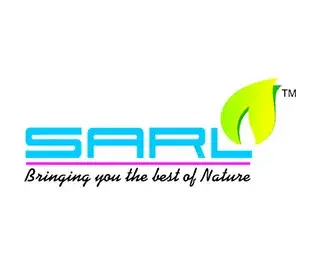

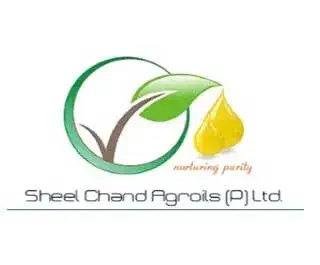

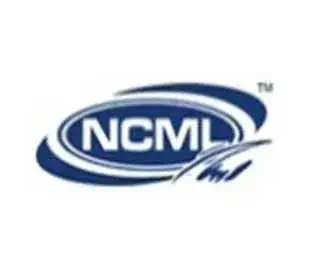
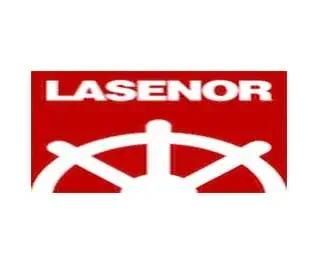
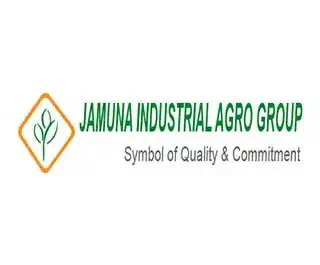
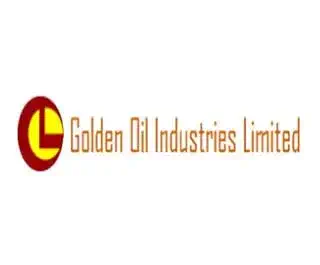




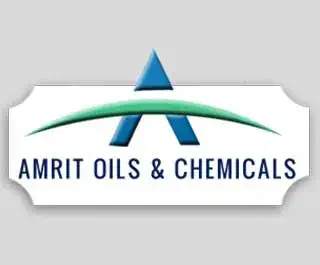
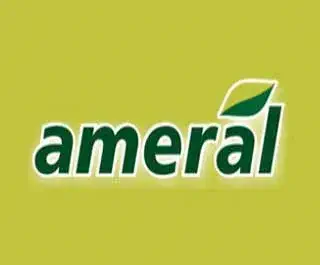
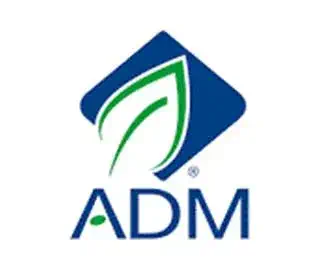



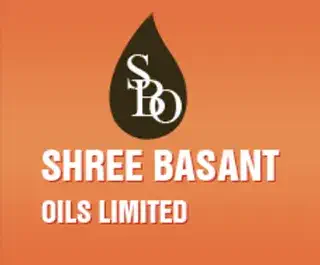
March 15, 2025
October 20, 2024
Discover some of the most asked questions regarding Spent Bleaching Earth Oil Extraction Plant.
A spent earth oil extraction plant is a facility designed to recover residual oil from spent earth or spent filter cakes used in the oil refining process.
It is important for recovering valuable oil, reducing waste, and ensuring that spent materials are processed in an environmentally responsible manner.
Spent bleaching earth oil extraction typically includes spent bleaching earth, activated clay, or filter cakes from the refining of edible oils and fats.
Common methods include solvent extraction (using solvents like hexane), mechanical pressing, and thermal desorption.
Solvent extraction involves using a solvent to dissolve the residual oil from the spent earth, followed by separation of the solvent-oil mixture from the spent material.
Environmental considerations include managing solvent emissions, handling and disposing of spent earth residue, and ensuring that the process complies with environmental regulations.